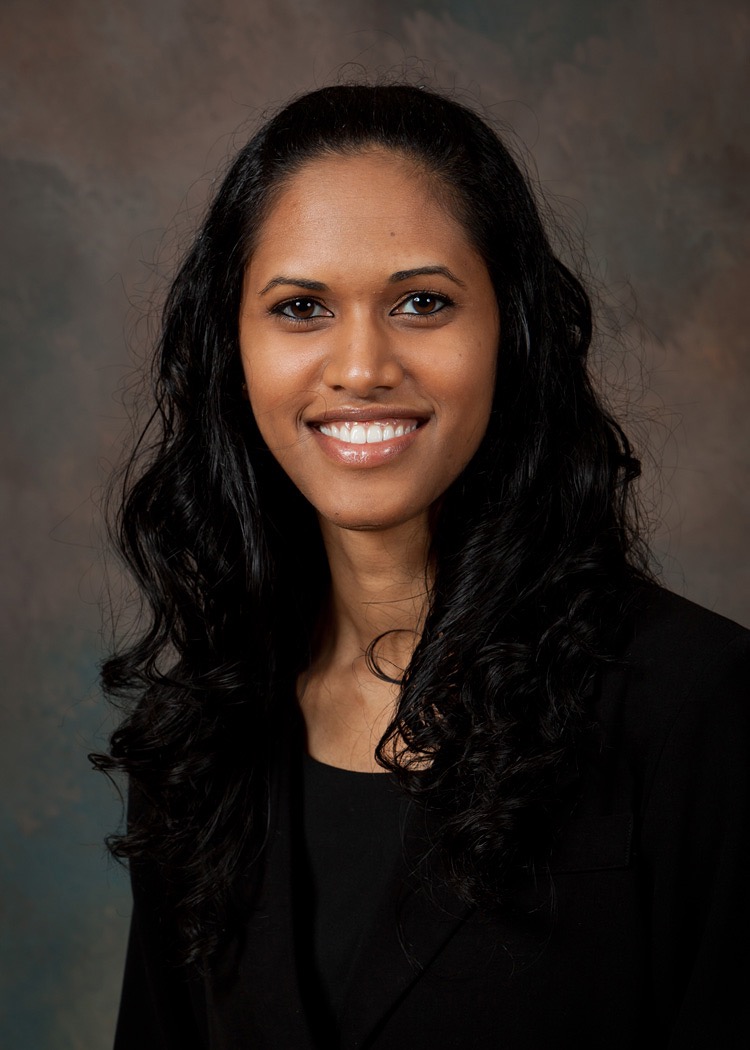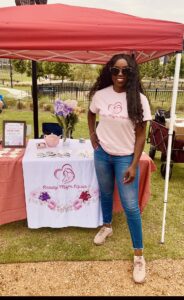
Rathna Nuti, MD is a Primary Care Sports Medicine specialist who is Board Certified in both Family Medicine and Sports Medicine. She currently serves as the Assistant Team Physician for the Dallas Stars NHL Hockey Club and Team Physician for the Dallas Stars Ice Girls and Dallas Sidekicks Dancers. I’m excited that she agreed to sit down and discuss her journey.
Where did your original affinity to medicine come from?
As far as being a primary care doctor that specializes in sports medicine, my interest really came from back in the day when I was a child. I was not the child who you could make to sit still and just sit in front of a TV, but really just wanted to be very active. I grew up with my cousins, who also were very active. They played all sorts of different things, and we were just always just engaged in different activities. That ranged from gymnastics, football, soccer, and many other sports. Then fast forward to now. My love for medicine came from just being inspired from my own family. I am the first physician in our family, and just seeing what they had to go through medically and emotionally just with their own loved ones kind of drew me into the field. I was able to see how I can put those two together. In different collaborative events such as marathons, you see exactly what people’s needs are and where the injuries commonly happen. It becomes a team effort at the end of the day.
Are the educational requirements for this career completely different from other forms of medicine?
Primary care can range from not only just family medicine, but could also be through pediatrics or internal medicine. Everyone has different routes that they take. Those fields are typically three years long in training. That’s what we go through for residency and if you want to become someone more specialized in sports medicine, you go through an additional year of training for fellowship in order to understand that.
How is a fellowship broken out?
It depends for each academic institution how they want to tailor the programs. They’re typically one year long, but they can be two years if a research component is involved. Every institution has their different requirements and I didn’t do the research track, but we still had to complete some research projects. We still had to be involved in those types of things. The question relies on do you want to take an extra year to have a project of your own that you want to complete and publish? Some people just want to get out there and take care of patients. A majority of my peers just end up going right into the field, but there are a few that are interested in becoming an academic position.
What was your involvement like in the hispanic community?
A majority of my medical school years, my residency years, was involved with working with the Hispanic population. It’s a different demographic to work with in the sense that one is making sure they have good understanding of their medical care. It’s a little more challenging just because you spend a good amount of time explaining what their plan of care is. They might know they have high blood pressure, but what does that truly mean and how does that get implicated? Sometimes if you ask about family history, it’s hard to know what exactly runs in their family because they don’t know the implications with their generation’s health. It was very rewarding because you get to make a big impact on influence and when they understand and they get it where you’re coming from and they work with you.
Is there anything that rural environments can do to make their healthcare services more accessible to the local populations?
Yeah, so improving the accessibility would be making sure that there is knowledge that is being distributed out in those regions. There is a good amount of people who are doing good work in terms of actually making sure that is available for the people and their populations. There’s work that is being done, but obviously it’s big and wide and it’s hard to cover a lot of ground.
Are you optimistic on the flood of information when it comes to healthcare?
Just like with everything else with medicine, regardless of the population that you’re dealing with, the World Wide Web has made it very prevalent to access information. The rate that information gets distributed comes down to each person’s responsibility to know what is good information out there, what is bad information. It becomes hard when you don’t have the knowledge and you are looking at it objectively and trying to figure out what is right. I would say I’m optimistic that things will improve.
How does your double major in psychology benefit your role in primary care?
It helps with my role in sports medicine, especially understanding where that person is coming from. The hardest part about our jobs in general is understanding. For example, if a patient gives you pushback, understanding why they’re giving pushback can be the hardest part. There has been plenty of pushback in my line of work, but it’s either because of finances for a patient or because the patient wants to discuss with family members, which we always highly encourage. You all have to get the entire family involved and make the effort to sit down and explain it to them so everyone’s on the same page about what’s going on. If they don’t do something, then that’s something that’s pretty important.
Do you predict any changes in contact sports in the future?
In the future, as more and more research comes out on the trauma effects of tackles, there will be certain changes. For example, in football, spearhead tackling got pretty much banned and it became illegal and the penalties were pretty heavily inflicted because of the dangers and the implications of one player spearhead tackling. Now, does it still happen? Yes, but to a lesser frequency. Now athletes and the organizations also know the implications and what it means to not do something like that. There is going to be more evolution that happens, which is not necessarily that it’s going to change the game entirely, but make it more safe for someone to play the sport and have less concern for potential devastating type of injuries.

